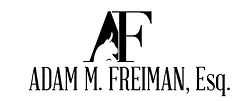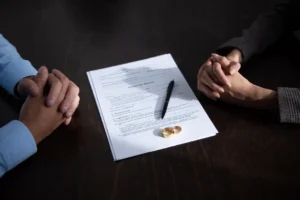When filing for bankruptcy, consumers often change their minds. There are several types of bankruptcy, and it is common for someone to change from one to another. In many cases, a person will go from a Chapter 13 bankruptcy to a Chapter 7 one to get debt erased, but there are a couple of options. You can go from a Chapter 7 filing to Chapter 11 or 13. You can also go in the other direction, from Chapter 13 to Chapter 7 or 11.
Bankruptcy law allows debtors to switch from one chapter to another when circumstances change. This process is called conversion, and it can help ensure the case is handled under the chapter that best fits the debtor’s financial situation.
However, converting to a new bankruptcy chapter is not always easy. Sometimes individuals do not qualify, and you would need court approval to proceed.
Common Conversions in Bankruptcy
- Chapter 13 to Chapter 7. Many people file Chapter 13 because they want to repay some debts, catch up on a mortgage, or keep assets. But if their financial situation changes for some reason, they may no longer be able to afford the repayment plan. Converting to Chapter 7 gives a quicker discharge of unsecured debts (like credit cards and medical bills). However, the debtor may risk losing non-exempt property, since Chapter 7 involves liquidation. Plus, you still need to pass the means test to qualify for Chapter 7.
- Chapter 7 to Chapter 13. Debtors may start in Chapter 7 but realize they need more flexibility. For example, they may want to stop a foreclosure and catch up on mortgage payments or restructure car loans to avoid repossession. In Chapter 13, the debtor creates a 3 to 5-year repayment plan, which allows them to keep assets while making payments. However, the debtor must show they have enough regular income to fund a repayment plan.
- Chapter 11 to Chapter 7. Chapter 11 is a reorganization tool often used by businesses. But if the reorganization plan fails due to a lack of revenue, then the case may convert to Chapter 7. This means the company or individual’s assets are liquidated to pay creditors. Creditors may push for this conversion if they believe reorganization is unrealistic.
- Chapter 7 to Chapter 11. Sometimes a debtor files Chapter 7 and then realizes liquidation will not work because the business wants to keep operating instead of shutting down. Converting to Chapter 11 allows the debtor to propose a plan to reorganize debts and keep assets while making payments. However, it is complex and costly.
Contact Us Today
Each type of bankruptcy has its pros and cons. Some types, like Chapter 7, are quicker and wipe out debts. A Chapter 11 bankruptcy is best for businesses, while Chapter 13 is best for consumers who have cash flow and want to keep assets. What are your financial goals? The Law Offices of Adam M. Freiman can assess your situation. Become debt-free today. Schedule a consultation today by calling (410) 486-3500







